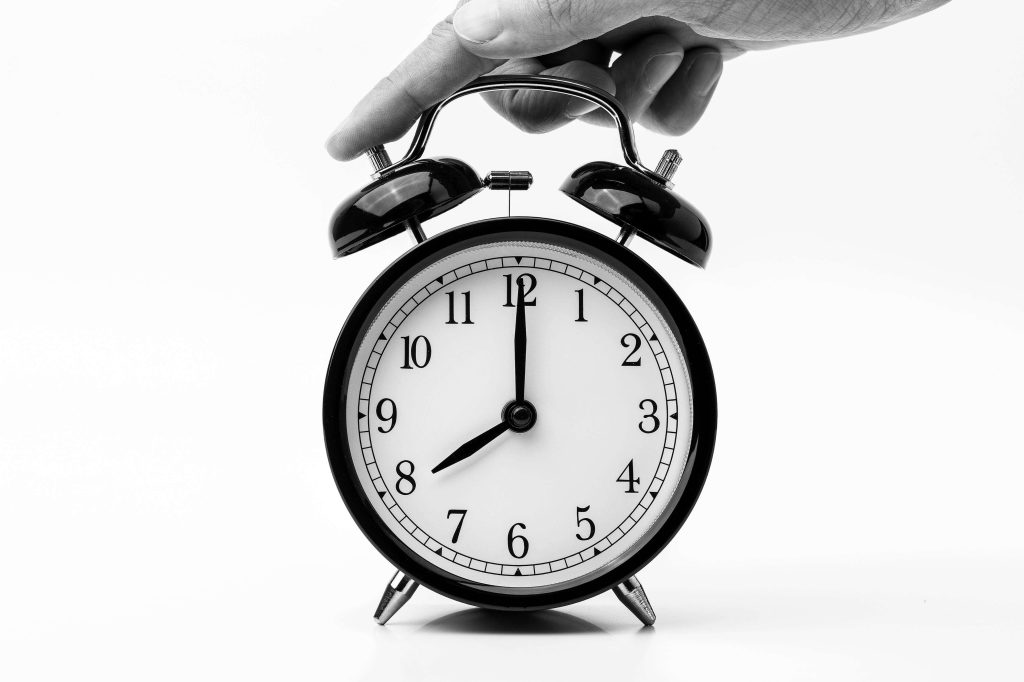Photo: Stas Knop
As we prepare to “spring forward” or “fall back” for Daylight Savings Time, many of us focus on adjusting our own sleep schedules and routines. But what about our pets? Dogs and cats thrive on consistency, and the shift in time can leave them feeling a bit confused. At Pet Approved Wellness, we know how important it is to help our furry friends adjust smoothly to the new schedule—without the stress.In this guide, we’ll explore how Daylight Savings Time can impact your pet’s routines and share practical tips to make the transition as easy as possible. 🕰️🐾
How Daylight Savings Time Affects Pets
Unlike humans, pets don’t follow the clock on the wall—they live by their internal clocks, also known as their circadian rhythm. This natural rhythm influences their sleep patterns, meal times, and even bathroom breaks.
When we adjust the clocks, your pet might wonder why dinner is late or why bedtime feels different. Common signs that your pet may be struggling with the time change include:
- 🐶 Restlessness: Your dog may wake up earlier or struggle to settle down at night.
- 🐱 Meowing or Barking: Pets may become vocal when meals aren’t served “on time.”
- 🛌 Disrupted Sleep Patterns: You might notice your pet is sleeping more or less than usual.
- 🚪 House Training Mishaps: The shift in schedule can lead to confusion about bathroom times, especially in younger pets or senior animals.
Tips for Adjusting Your Pet’s Schedule for Daylight Savings Time
Helping your pet transition smoothly is all about gradual adjustments and keeping routines consistent. Follow these simple steps to make the change stress-free:
⏰ 1. Adjust Mealtime Gradually
Instead of shifting your pet’s feeding schedule by a full hour overnight, adjust it in 15-minute increments over a few days. For example:
- On Day 1, feed your pet 15 minutes earlier or later (depending on spring forward or fall back).
- On Day 2, shift by another 15 minutes.
By the end of Day 4, your pet will be fully adjusted to the new mealtime.
🛌 2. Ease into Sleep Schedule Changes
If your dog or cat has a set bedtime routine, begin winding down a little earlier or later as needed. This can include:
- Evening walks at the new time.
- Quiet time activities, like gentle play or cuddling, to signal bedtime.
- Dimming the lights to mimic the natural evening setting.
🦮 3. Keep Walks & Bathroom Breaks Consistent
For dogs, maintaining a consistent schedule for potty breaks is crucial. Gradually adjust walk times, and be patient if your pet seems unsure. Positive reinforcement (like praise or a small treat) can help reinforce the new routine.
🌞 4. Use Natural Light to Your Advantage
Light plays a significant role in regulating your pet’s internal clock. Open curtains in the morning to help pets wake up naturally, and reduce light exposure in the evening to promote a calm bedtime.
It’s normal for pets to take a few days to a week to fully adjust to Daylight Savings Time. Some pets, especially puppies, kittens, and senior animals, may need a little extra patience. Look out for:
Consistency is the Key
- 💤 Increased Sleepiness: Your pet may nap more as they adjust.
- 🍽️ Early or Late Meal Reminders: Be prepared for those puppy-dog eyes or gentle nudges as they get used to new feeding times.
- 🌙 Nighttime Restlessness: A little extra reassurance or a calming bedtime routine can help.
Your pet will quickly settle into the new schedule by maintaining consistency and gradually adjusting routines.

